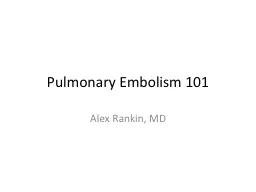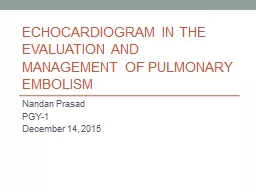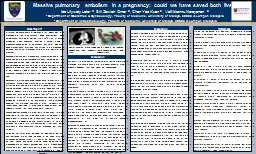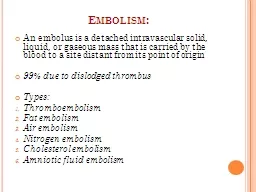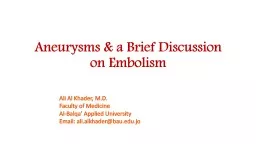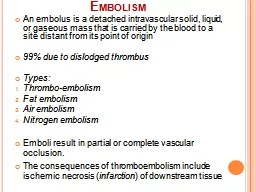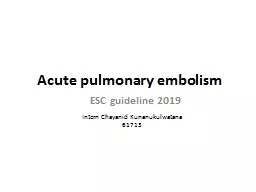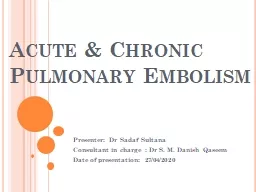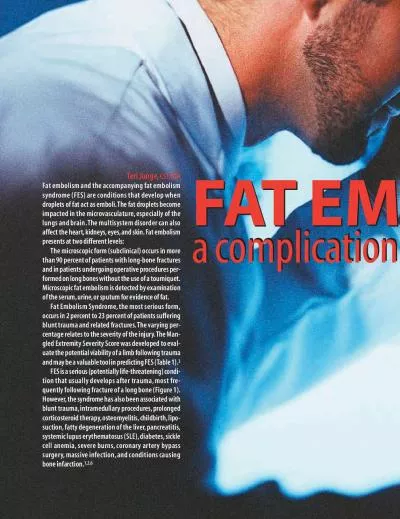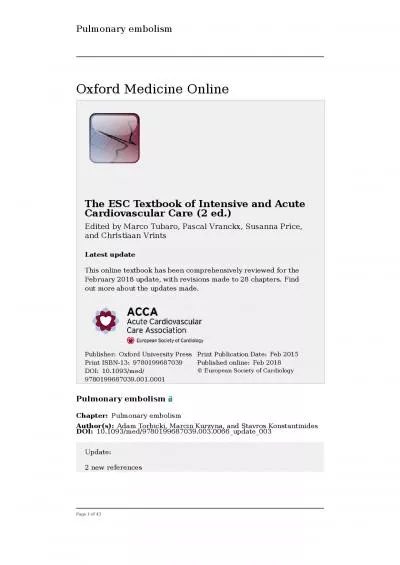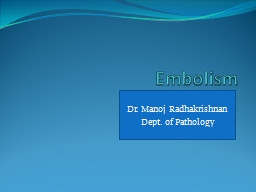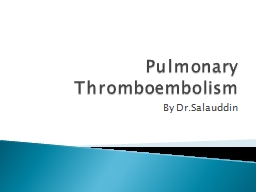PPT-Pulmonary Embolism 101 Alex Rankin, MD
Author : briana-ranney | Published Date : 2018-03-09
Learning Objectives Better understanding of diagnosis and management of acute PE Recognize acute PE Learn how to Test Learn how to Treat Take Home Points PE can
Presentation Embed Code
Download Presentation
Download Presentation The PPT/PDF document "Pulmonary Embolism 101 Alex Rankin, MD" is the property of its rightful owner. Permission is granted to download and print the materials on this website for personal, non-commercial use only, and to display it on your personal computer provided you do not modify the materials and that you retain all copyright notices contained in the materials. By downloading content from our website, you accept the terms of this agreement.
Pulmonary Embolism 101 Alex Rankin, MD: Transcript
Download Rules Of Document
"Pulmonary Embolism 101 Alex Rankin, MD"The content belongs to its owner. You may download and print it for personal use, without modification, and keep all copyright notices. By downloading, you agree to these terms.
Related Documents

